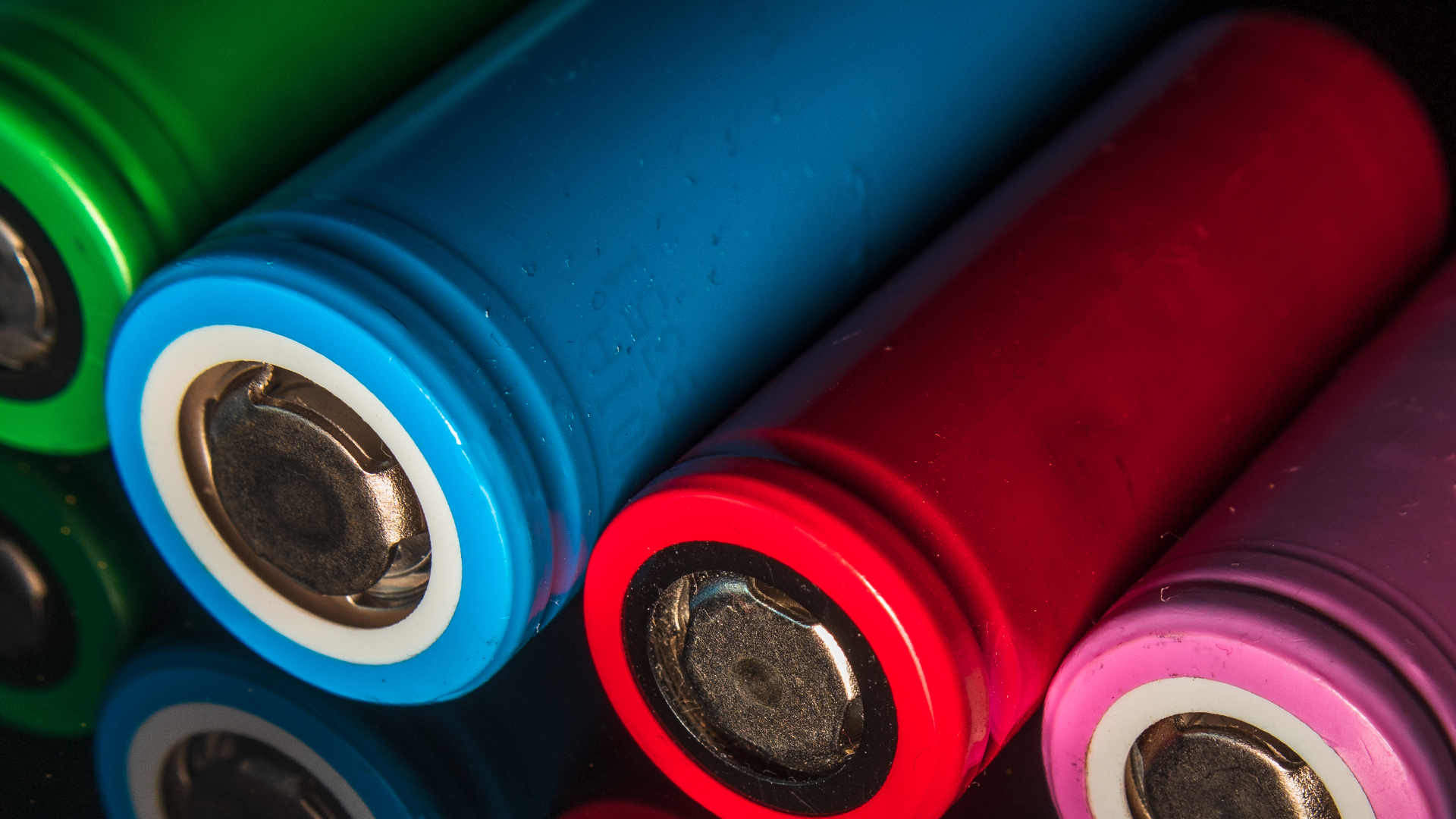Customer Experience
Integration & Usage Scenarios
The Collisions games and supporting resources can be used pre-instructionally, post-instructionally and also for guided instruction in a chemistry course.
Pre-Instructional
Introduction to new content:
- Engagement
- Inquiry-Driven Exploration
Assign the early Collisions game levels to enable students to make observations about a new concept and explore on their own before a lesson.
Integration & Usage
I use Collisions as a way to introduce a topic or to have students explore on their own.
Deonna P.
I use Collisions as an inquiry based curriculum material. The app helps students see how chemistry phenomena work.
Diane V.
I’ve been using Collisions it as an intro, guided inquiry activity. I then follow up on the key moments in the game.
Brady L.
I used [Radii Trends] to expose my students to electron sublevels and orbitals since I don’t teach it to them in my curriculum.
Aimee H.
Even if I wasn't remote, Collisions would be valuable. In place of a lab, my students used the IMF module to visualize these forces and how they work/interact. I love it and believe that my students have greatly benefited from it.
Joan Z.
Post-Instructional
Review of previously taught content:
- Practice
- Reinforcement
- Extension
Review & Reinforcement
To review concepts with the hope of addressing persistent misconceptions.
Brett A.
I have been using Collisions to review a concept before a test and to help practice while we are learning a concept. It has allowed me to assign fun but challenging assignments that they can do besides just questions online. They are also able to visualize the concepts we are learning, especially when I am unable to demonstrate those concepts how I normally would in class.
Christina D.
I have been assigning certain sims to use as supplements and challenges to material I am providing them (students) remotely. Both [Acid Strength] and [LeChâtelier] were particularly helpful in this effort. My hope is the tutorial and graduated nature of these sims will help students practice the concepts I want them to learn.
Donna H.
Lab Replacement
I used the IMFs game with my chemistry students as a lab activity over the course of two days. One day to complete the levels and the second day to complete the achievements in the sandbox. They had already learned about the different types of IMFs in class. We had just gone to remote learning and were not able to complete the wet labs we would usually complete for this topic so the Collisions provided a great substitute lab activity.
Andrea R.
It’s a hands on way for students to play around with chemical concepts. Since we can’t get into the lab, this is a good way to see concepts at home.
Erik L.
Assessment
I have assigned [Collisions] as a way to reteach and assess student learning.…
Tom G.
After distance learning was in place, I used it as a lab grade. They have helped the students grasp difficult abstract concepts in a fun, yet meaningful, way.
Lisa B.
Chemistry Content Integration Guide
Each Collisions HE content area is designed to introduce students to key chemistry concepts and objectives through interactive gameplay and scaffolded leveling. To best align a specific Collisions HE content area with a topic that you are teaching, please refer to the list below.

Radii Trends
- Atomic neutrality
- Pauli Exclusion Principle
- Aufbau Principle
- Hund's Rule
- Atomic radii trends
- d-orbitals
- Electronegativity
- Valence electrons

Ionization Energy
- Cation formation
- Anion formation
- Octet rule
- Valence electrons/ion charge
- Ionization energy trends
- Electron affinity trends
- Ionic radii trends

Acid Strength
- Brønsted-Lowry acids and bases
- Electronegativity differences
- Strong versus weak acids
- Percent dissociation
- Neutralization reactions
- Polyprotic acids
- Amphoteric substances
- Conjugate acids and conjugate bases
- Charge of resulting ions

Lewis Structures
- Octet/duet rule
- Single bonds
- Double and triple bonds
- Non-bonded domains
- Electronegativity
- Bond polarity
- Number of electron domains
- Molecular shape/VSEPR

Ionic Bonding
- Attraction and repulsion
- Net compound neutrality
- Cation to anion ratios
- Single cation to anion type
- Polyatomic ions
- Lattice structure

Latent Heat
- Melting/freezing point
- Boiling/condensation point
- Sublimation/deposition
- Relative kinetic energy of phases
- Intermolecular forces
- Endothermic vs exothermic processes
- Potential vs kinetic energy
- IMF strengths and boiling points
- IMF vs ionic bonding

LeChâtelier
- Reversible reactions
- Relative reaction rates: forward/reverse
- Relative Kc
- LeChâtelier’s Principle: effects of changes in
- Concentration
- Temperature
- Pressure

Intermolecular Forces (IMFs)
- London Dispersion Forces
- Dipole-dipole interactions
- Hydrogen bonding
- Relative IMF strengths
- Polar and nonpolar bonds
- Polar and nonpolar molecules
- Molecular geometry and polarity



